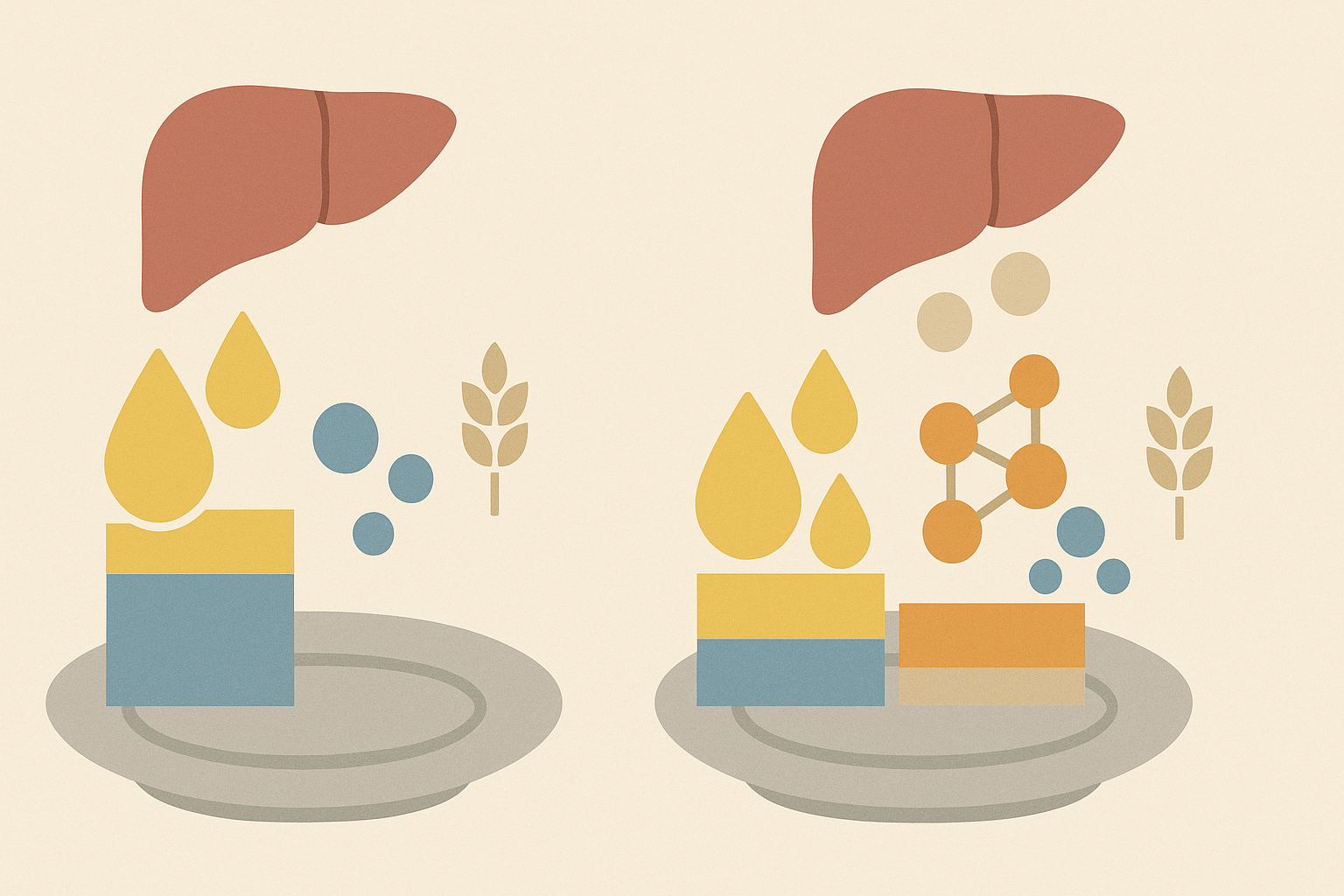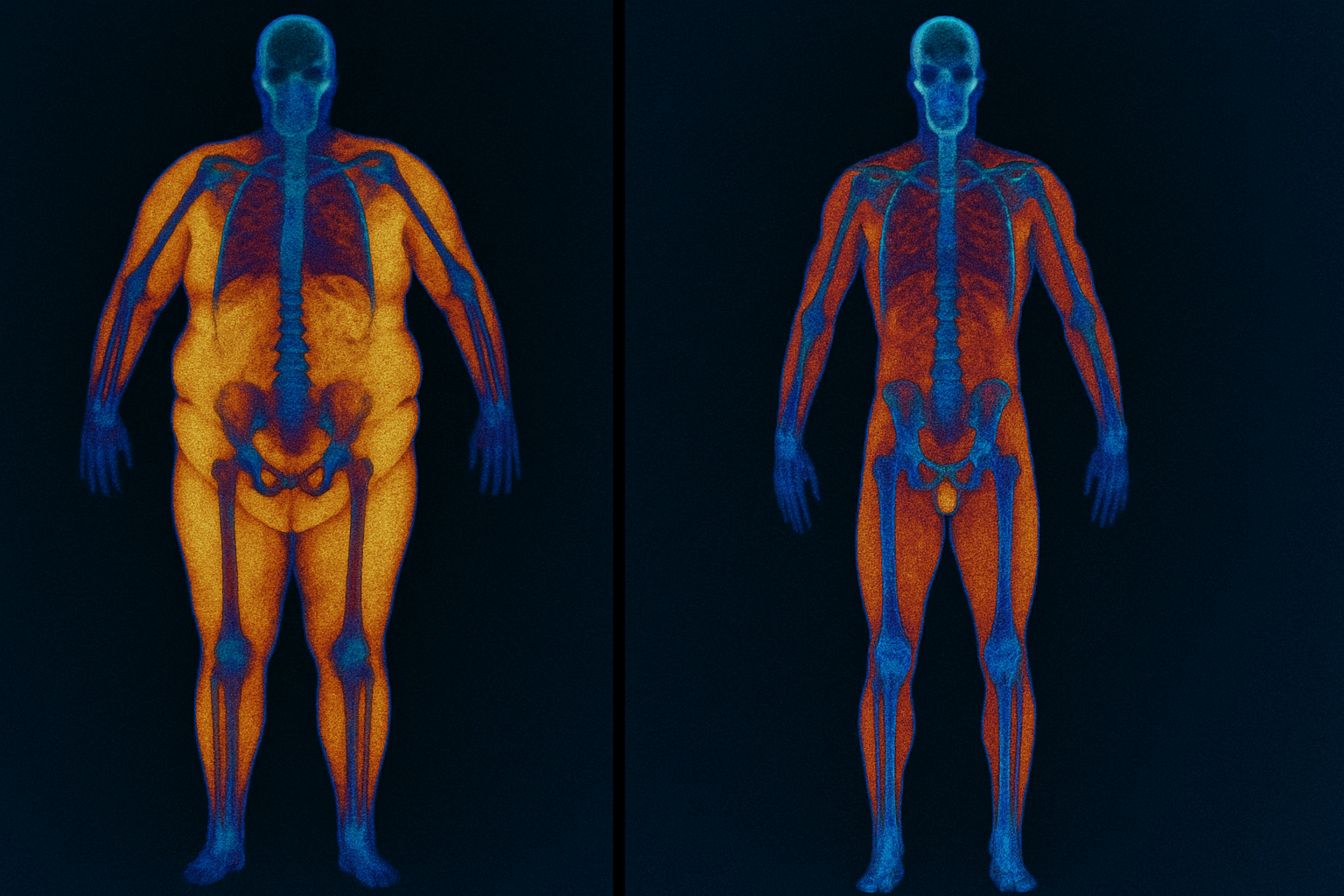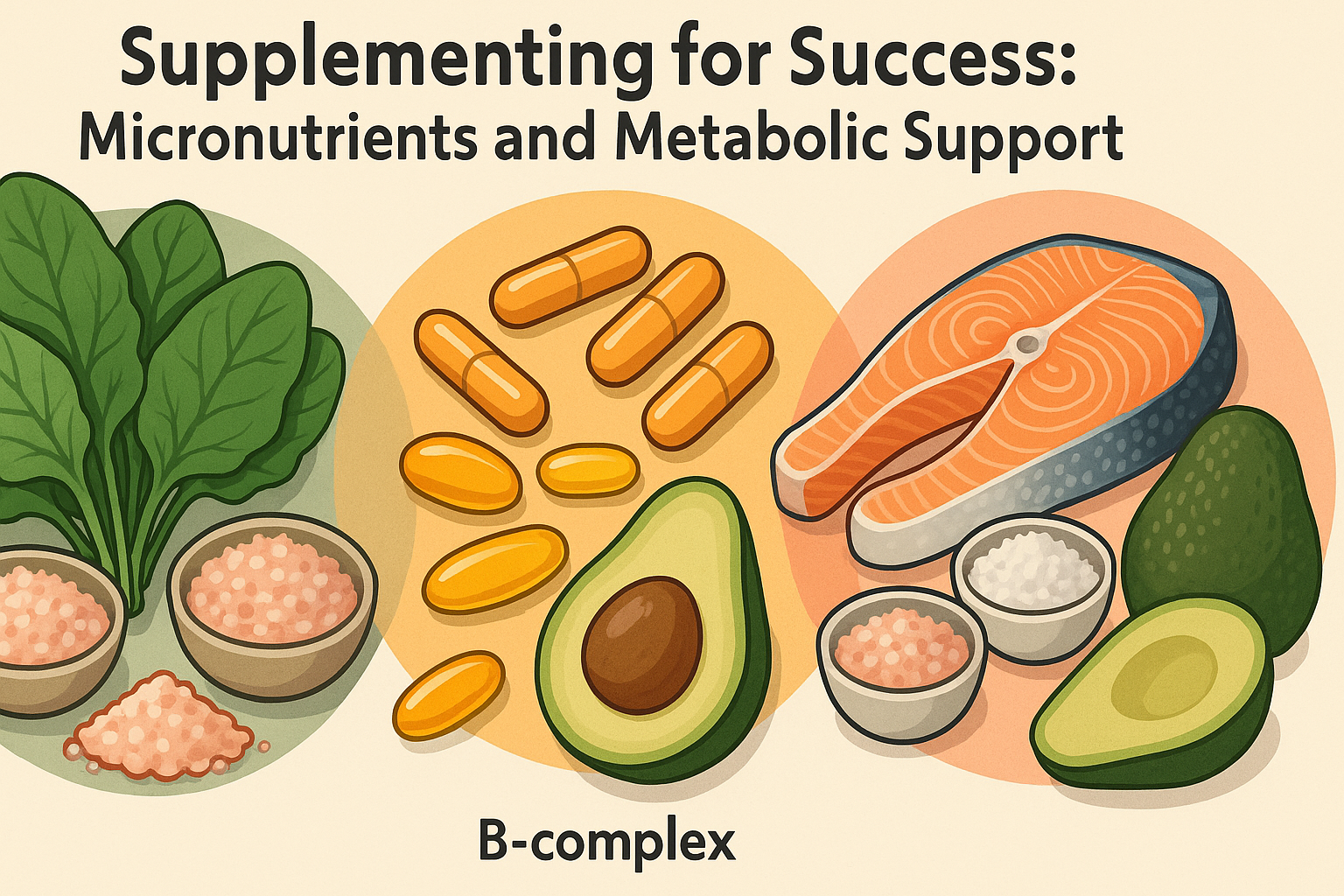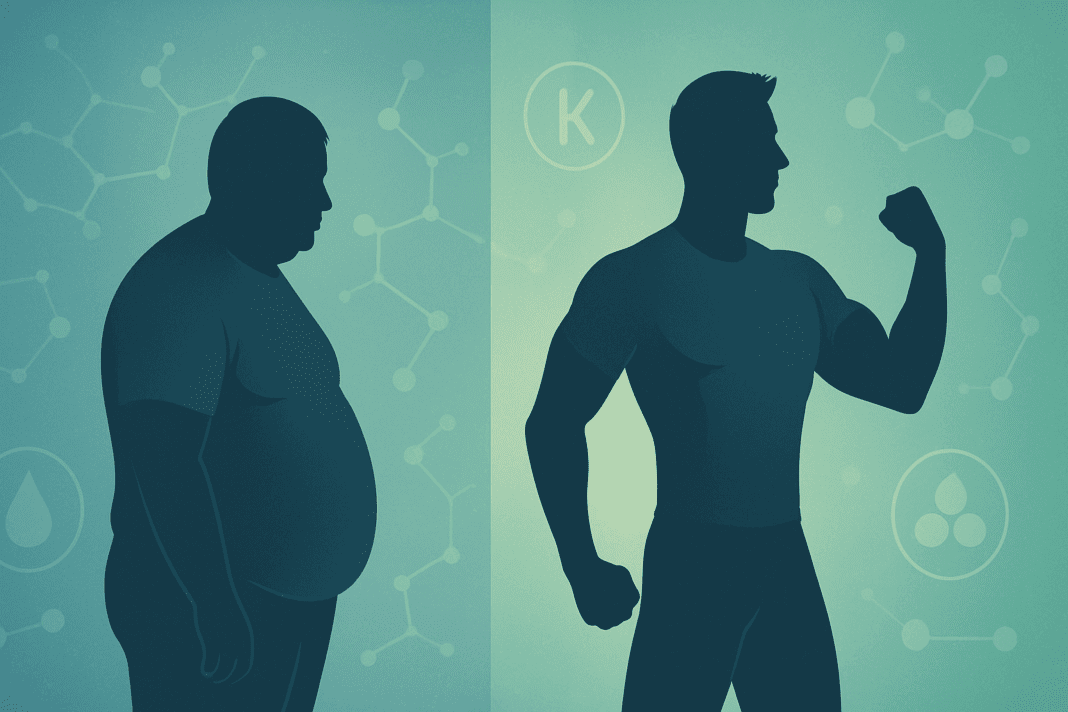In recent years, the ketogenic diet has evolved from a niche nutritional protocol into a mainstream phenomenon. Yet the hype surrounding keto before and after results often oversimplifies the complexities involved, especially when it comes to high-protein variations of the diet. The dramatic transformations often depicted in social media posts or weight-loss testimonials paint a picture of rapid fat loss and newfound vitality. However, beneath those compelling images lies a more nuanced reality—one where metabolic adaptation, macronutrient balance, and individualized physiology play a critical role. For those considering embarking on a high-protein keto journey, understanding the deeper science and real-world implications of keto before and after experiences can be the key to achieving sustainable success.
You may also like : The Ultimate Guide to Choosing a High Protein Diet Name That Fits Your Goals

Understanding the Foundations of the Ketogenic Diet
The classic ketogenic diet is typically high in fat, very low in carbohydrates, and moderate in protein. This macronutrient distribution shifts the body into a state of ketosis, wherein fat becomes the primary energy source. The liver begins producing ketones, which serve as alternative fuel molecules in place of glucose. However, many modern adaptations of keto, particularly those tailored toward active individuals or those seeking muscle retention, have pivoted toward higher protein intakes. This introduces a unique metabolic challenge, as excessive protein can convert into glucose through gluconeogenesis, potentially disrupting ketosis.
Yet despite these complexities, high-protein keto diets have demonstrated promise in supporting fat loss while preserving lean muscle mass. For individuals aiming to lose weight without compromising strength or metabolic health, this variation offers a compelling alternative. Still, not all bodies respond the same way, and the keto before and after journey can vary dramatically depending on a person’s baseline health, fitness level, genetic predisposition, and dietary compliance.
Why High-Protein Keto Appeals to Health-Conscious Eaters
High-protein keto diets have surged in popularity for several reasons. Firstly, protein is well-known for its satiating effect. Consuming adequate protein curbs hunger hormones like ghrelin while promoting the release of satiety-inducing peptides such as peptide YY. This can make the restrictive nature of keto more manageable by reducing cravings and minimizing the risk of overeating.
Secondly, protein plays a pivotal role in muscle maintenance and repair. For fitness enthusiasts and aging adults alike, preserving lean muscle mass is essential for metabolic health, functional strength, and long-term weight management. Traditional keto diets may not provide sufficient protein to support these goals, making the high-protein approach a preferable alternative.
Lastly, individuals with metabolic syndrome or insulin resistance may benefit from the dual impact of carbohydrate restriction and increased protein intake. Not only does this improve insulin sensitivity, but it also supports stable blood sugar levels, making energy crashes and mood swings less frequent. These functional benefits contribute to more favorable before and after keto diet results, especially in individuals struggling with chronic metabolic conditions.

The Role of Metabolic Flexibility in Keto Adaptation
One of the lesser-discussed but critical aspects of keto before and after transformations is metabolic flexibility. This term refers to the body’s ability to switch between burning carbohydrates and fats for fuel. In metabolically healthy individuals, this process is seamless. However, in those with insulin resistance, obesity, or sedentary lifestyles, metabolic inflexibility is more common, making the adaptation to ketosis more challenging.
During the initial phase of a high-protein keto diet, the body undergoes a series of hormonal and enzymatic shifts. The decrease in carbohydrate intake lowers insulin levels, while the increase in dietary fat and protein requires upregulation of fat oxidation pathways. This metabolic adaptation period can lead to short-term symptoms often dubbed the “keto flu,” including fatigue, headaches, and mood disturbances. However, once fully adapted, many individuals report enhanced mental clarity, stable energy, and improved physical performance.
Interestingly, those who achieve greater metabolic flexibility tend to report more dramatic before and after keto diet improvements. Their bodies efficiently utilize ketones and stored fat for energy, leading to sustained fat loss, reduced inflammation, and improved biomarkers such as triglyceride levels and HDL cholesterol. Understanding this dynamic is essential for setting realistic expectations and optimizing the keto transition process.

Keto Before and After: What the Science Says About Body Composition
Visual transformations in keto before and after stories often emphasize weight loss, but the changes in body composition tell a more accurate story. A 2021 study published in the Journal of Nutrition and Metabolism found that individuals on a high-protein ketogenic diet lost more fat mass and retained more lean muscle compared to those on a standard ketogenic protocol. This reinforces the idea that macronutrient composition matters beyond just calorie counts.
In addition, muscle glycogen depletion and water loss can initially account for several pounds of weight reduction in the first week. This phenomenon often inflates early keto before and after results. However, true fat loss—especially visceral fat reduction—requires sustained adherence and often manifests more clearly after the first month. Regular body composition tracking, using tools like DEXA scans or bioelectrical impedance, can help individuals understand the quality of their progress, rather than relying solely on the scale.
Moreover, keto-induced improvements in hormonal regulation, such as reductions in cortisol and improvements in leptin sensitivity, further support long-term fat loss. These internal changes might not be as visually dramatic as a drop in pounds, but they play a crucial role in health outcomes and sustainability. Understanding these deeper shifts allows individuals to better interpret their own before and after keto journey.
Balancing Protein and Ketosis: Navigating the Sweet Spot
One of the central challenges in a high-protein keto diet is achieving the right balance between sufficient protein for muscle support and minimal gluconeogenesis that could disrupt ketosis. This “sweet spot” often varies based on individual activity levels, age, sex, and metabolic health. Active individuals or those engaged in resistance training typically require more protein, yet they may also maintain ketosis more easily due to increased energy demands and glycogen turnover.
Current literature suggests that consuming around 1.6 to 2.2 grams of protein per kilogram of lean body mass is effective for muscle preservation without compromising ketosis for most individuals. However, strategic meal timing, such as consuming protein post-workout, can enhance nutrient partitioning and ketone production. The quality of protein also matters. Whole food sources like eggs, salmon, and grass-fed beef offer a broader nutrient profile than isolated protein powders, contributing to better satiety and micronutrient status.
Adjusting fat intake upward can also help buffer the insulinogenic effects of protein, ensuring that ketone production remains robust. Monitoring blood ketone levels using breath or blood meters can offer real-time feedback for those experimenting with macronutrient adjustments. Over time, a personalized pattern emerges, supporting long-term dietary adherence and more sustainable keto before and after transformations.

Hormonal Shifts Behind the Scenes of Keto Before and After Changes
Transformations driven by ketogenic diets go far beyond aesthetics. Many of the most profound before and after keto diet changes occur beneath the surface, particularly within the endocrine system. Ketogenic diets are known to influence a variety of hormonal pathways, including insulin, cortisol, leptin, ghrelin, thyroid hormones, and sex steroids like estrogen and testosterone.
One of the hallmark benefits of ketogenic diets is enhanced insulin sensitivity. As carbohydrates are reduced, insulin secretion decreases, allowing cells to become more responsive to insulin’s signaling. This shift can benefit individuals with prediabetes, metabolic syndrome, or polycystic ovary syndrome (PCOS), often leading to marked improvements in energy regulation and reproductive function.
However, keto-induced hormonal changes are not always uniformly beneficial. In some individuals—particularly women—long-term adherence to very low-carb diets can disrupt the hypothalamic-pituitary-gonadal axis, leading to irregular menstrual cycles or reduced thyroid function. This is especially true in low-calorie, high-stress keto implementations where the body perceives an energy deficit.
Understanding these hormonal dynamics provides a more comprehensive picture of what “keto before and after” really means—beyond fat loss, it includes improvements (or setbacks) in energy, sleep, libido, and mood, which often go undocumented in visual testimonials.

The Psychological Landscape of Keto Transformations
Beyond the physical changes, keto before and after journeys often include profound psychological shifts. For many, reaching their desired weight or physique leads to improved self-esteem, confidence, and motivation. However, not all transformations are purely positive. The restrictive nature of keto—especially when combined with social pressure or unrealistic expectations—can lead to anxiety around food, guilt over “cheating,” or even disordered eating patterns.
Support systems and mindset coaching can make a significant difference. A 2020 study in the Journal of Behavioral Nutrition and Physical Activity found that individuals who practiced self-compassion and maintained flexible dietary control were more likely to stick with long-term nutritional changes. This suggests that emotional resilience and self-awareness are just as crucial as macronutrient ratios in shaping the before and after keto diet narrative.
Moreover, the daily routine of meal planning, food logging, and self-monitoring can become burdensome if not approached with balance. Transformative success is often found not in perfection but in consistency, adaptability, and a sense of purpose beyond aesthetics. When keto is framed as a tool for health and longevity rather than a short-term fix, the psychological benefits deepen, enriching the entire transformation process.
The Role of Protein Quality and Bioavailability in Keto Transformations
While much attention is given to the macronutrient ratios of keto—high fat, moderate protein, and low carbohydrate—the type of protein consumed often determines the quality of before and after keto diet outcomes. Bioavailability, or the extent to which nutrients are absorbed and utilized by the body, plays a crucial role in supporting metabolism, hormone balance, and tissue repair.
Animal-based proteins such as grass-fed beef, pasture-raised eggs, wild-caught fish, and organ meats tend to offer complete amino acid profiles, rich in leucine and other branched-chain amino acids that promote muscle synthesis. In contrast, many plant-based proteins may lack essential amino acids or require complex pairing strategies to achieve complete profiles. On a keto diet, where carbohydrates are already restricted, relying solely on plant-based proteins can present nutritional challenges unless carefully managed.
High-protein keto diets that emphasize bioavailable sources not only enhance lean mass retention but also support more favorable “after” outcomes in terms of strength, energy, and metabolic flexibility. Collagen-rich foods like bone broth can also support joint and skin health—two factors that aren’t immediately visible in weight-based before and after comparisons but matter greatly in long-term health trajectories.
Keto Before and After for Different Body Types and Goals
The keto before and after experience is not a one-size-fits-all phenomenon. Body type, genetics, hormonal profile, and personal goals all influence how the body responds to a high-protein ketogenic diet. For example, endomorphs—individuals who naturally carry more body fat—may experience faster fat loss on keto due to enhanced insulin sensitivity and decreased cravings. In contrast, ectomorphs—those with leaner frames—might struggle to maintain weight or muscle mass unless their protein and caloric intake is carefully managed.
Hormonal considerations also play a role. Women, in particular, may need to adjust their macronutrient ratios throughout their menstrual cycle to accommodate shifting energy demands and hormonal fluctuations. Pregnant or lactating women, athletes in peak training phases, and individuals with thyroid conditions should consult healthcare professionals before starting a high-protein ketogenic protocol.
Moreover, the desired outcome matters. Someone aiming for rapid weight loss will structure their diet differently than someone seeking cognitive enhancement or blood sugar regulation. By identifying and aligning with a specific goal, individuals can better navigate their personal keto before and after journey and set realistic benchmarks for progress.

Microbiome Evolution During High-Protein Ketogenic Dieting
Emerging research has illuminated the importance of the gut microbiome in nearly every aspect of health, from digestion and immunity to brain function and metabolism. Keto before and after transformations, particularly those involving high-protein adaptations, often involve a corresponding transformation of the gut flora.
The reduction in fermentable fibers—common in low-carb diets—can shift the balance of beneficial bacteria, particularly butyrate-producing strains like Faecalibacterium prausnitzii. However, ketogenic diets that incorporate fibrous, non-starchy vegetables and prebiotic-rich foods like asparagus, garlic, and leeks can help preserve microbial diversity.
Meanwhile, high-protein diets introduce more amino acid substrates into the gut environment, which can favor the growth of protein-fermenting bacteria. While some of these bacteria are benign or beneficial, others may produce potentially harmful metabolites like ammonia or hydrogen sulfide when consumed in excess. Therefore, the type and amount of protein matter not only for muscle health but also for maintaining a healthy gut ecosystem.
These microbiome shifts can influence how individuals feel throughout their keto journey. Improvements in gut health can lead to reduced bloating, better mental clarity, and enhanced immune resilience—while dysbiosis may result in fatigue, irritability, or even inflammatory symptoms. These internal changes, though invisible in a typical before and after keto diet photo, are central to long-term success.
Realistic Expectations: Interpreting Keto Before and After Outcomes
One of the biggest pitfalls of popular before and after keto diet stories is the tendency to set unrealistic expectations. While some individuals may lose 10 to 15 pounds in the first few weeks, others may experience more modest or gradual results. These variations are not indicators of failure but reflections of biological individuality, including factors such as water retention, hormonal balance, muscle gain, and previous diet history.
It’s also important to differentiate between short-term and long-term success. Short-term weight loss can be motivating, but it often requires continued effort and adaptation to become lasting. Individuals who understand this dynamic are more likely to sustain their results. Success is not just defined by aesthetics but also by improved energy, better sleep, fewer cravings, and enhanced mental clarity—benefits that often go unrepresented in surface-level before and after images.
Tracking metrics such as waist-to-hip ratio, resting heart rate, and inflammatory markers can offer more meaningful insights than weight alone. By reframing progress in these broader terms, individuals can avoid the frustration that often accompanies stalled scales or plateau phases and stay committed to long-term health outcomes.
Neurocognitive Benefits Behind Keto Before and After Results
While weight loss tends to dominate the narrative, one of the lesser-known yet highly impactful outcomes of keto before and after transformations is cognitive enhancement. The brain is an energy-intensive organ, and ketones—particularly beta-hydroxybutyrate—serve as a clean, efficient fuel that may offer neuroprotective benefits.
Research has shown that ketones can reduce oxidative stress in the brain, improve mitochondrial function, and promote the production of brain-derived neurotrophic factor (BDNF), a key molecule in neuroplasticity and mental performance. This biochemical environment supports improved memory, attention, and mental clarity—often reported subjectively by keto adherents as reduced “brain fog” and enhanced focus.
For individuals dealing with neurodegenerative conditions or age-related cognitive decline, these changes can be especially meaningful. Some small studies have even suggested that ketogenic interventions may support therapeutic outcomes in conditions like epilepsy, Alzheimer’s disease, and Parkinson’s disease. Though more research is needed, these findings suggest that keto before and after results extend beyond the waistline, offering potential mental health dividends as well.
Even in healthy individuals, the cognitive uplift from ketones may enhance productivity, mood stability, and stress resilience—outcomes that profoundly impact quality of life but are rarely included in standard transformation metrics.
Sustainability Challenges and Long-Term Outlook
Despite its many benefits, one of the most pressing concerns with ketogenic diets—especially high-protein variations—is sustainability. Many people report dramatic keto before and after transformations in the short term, only to struggle with maintenance over time due to dietary monotony, social limitations, or cravings.
Psychological and emotional readiness play a major role in long-term success. Individuals who treat keto as a temporary fix often revert to old habits and regain lost weight, while those who approach it as a lifestyle shift tend to experience more lasting results. Integrating strategies like cyclical keto, targeted carb intake, or mindful indulgences can help mitigate burnout while preserving metabolic benefits.
Additionally, evolving one’s keto template over time—by rotating protein sources, experimenting with fiber-rich vegetables, or introducing functional foods like fermented dairy or sea vegetables—can keep the diet interesting and nutritionally diverse. Sustainability is not just about compliance; it’s about nourishment, enjoyment, and adaptability.
From an evidence-based perspective, keto’s long-term effects on cardiovascular health, bone density, and nutrient sufficiency remain areas of active research. For now, the key to a successful and enduring before and after keto diet story lies in personalization, ongoing self-awareness, and periodic reassessment of goals and health markers.

Supplementing for Success: Micronutrients and Metabolic Support
The restrictive nature of a ketogenic diet, even when high in protein, can lead to micronutrient deficiencies if not carefully planned. Key nutrients often lacking in keto include magnesium, potassium, sodium, vitamin D, and B-complex vitamins. These play critical roles in everything from muscle function to neurotransmitter production, and their absence can hinder both physical and mental performance.
Electrolyte imbalances are particularly common during the early stages of keto adaptation. Symptoms such as fatigue, cramping, and dizziness may be linked to sodium and potassium depletion rather than carbohydrate restriction itself. Supplementation with magnesium citrate, pink Himalayan salt, or electrolyte powders can alleviate these issues and support a smoother transition.
Additionally, omega-3 fatty acids from fish oil or algae supplements can counterbalance the omega-6-rich nature of certain keto-approved oils, reducing systemic inflammation and supporting cardiovascular health. Creatine monohydrate, collagen peptides, and digestive enzymes are other supplements that may support the high-protein keto lifestyle, especially for those with specific athletic or recovery needs.
Sustainable Strategies: Making Keto a Lifestyle, Not a Phase
Sustainability is the cornerstone of any nutritional approach. For keto to yield meaningful before and after results, it must be adopted in a way that fits an individual’s lifestyle, preferences, and goals. This may include periods of cyclical keto, where carbohydrates are reintroduced strategically, or targeted keto, where carbs are consumed around workouts to support performance.
Meal variety is also crucial. Rotating protein sources, incorporating low-carb vegetables, and experimenting with keto-friendly global cuisines can prevent palate fatigue and increase dietary adherence. Furthermore, developing intuitive eating skills—such as recognizing true hunger cues and emotional triggers—can enhance the long-term success of keto transformations.
For some, transitioning off strict keto into a more balanced, whole-food-based diet may be the next evolution. This doesn’t negate the value of their before and after keto experience but rather reflects a deeper integration of learned habits and self-awareness. Flexibility, not rigidity, ultimately defines sustainable wellness.
Frequently Asked Questions About Keto Before and After Transformations on High-Protein Diets
1. What are the less obvious signs of a successful keto transformation beyond weight loss?
While weight loss is often the most publicly emphasized aspect of a keto journey, many less visible changes mark a successful transformation. One of the most telling signs is improved metabolic flexibility—the body’s enhanced ability to switch between fat and glucose for fuel without crashing. Many individuals also report deeper sleep, fewer afternoon energy dips, and more stable moods as they adapt to ketosis. For women, improvements in menstrual regularity or reduced symptoms of PCOS may indicate underlying hormonal balance. Additionally, clearer skin, reduced bloating, and enhanced digestive efficiency are common but often underreported benefits that reveal a more holistic before and after keto diet success.
2. How does a high-protein approach to keto affect appetite and food cravings?
High-protein ketogenic diets often have a profound effect on appetite regulation, largely due to protein’s strong influence on satiety hormones like peptide YY and GLP-1. As these hormones increase, hunger naturally diminishes, making it easier for individuals to adhere to calorie targets without feeling deprived. Cravings for sugar and refined carbohydrates frequently decrease as blood sugar becomes more stable. Over time, individuals often find that emotional or stress-related eating diminishes, replaced by a more intuitive sense of when they’re actually hungry. The before and after keto diet journey, when protein intake is sufficient, typically reflects a transition from compulsive or habitual snacking to more mindful and satisfying meals.
3. Can your microbiome fully recover if it shifts negatively during keto?
Yes, the gut microbiome is incredibly adaptable and resilient. If a person experiences microbial imbalance during their keto phase—such as a reduction in fiber-loving bacteria—it can often be reversed with dietary adjustments. Introducing keto-compliant, prebiotic-rich vegetables such as artichokes, leeks, and dandelion greens can support microbial diversity without compromising ketosis. Fermented foods like sauerkraut, kimchi, and kefir can also play a critical role in rebuilding a balanced microbiome. For those concerned about long-term microbial shifts, occasional carb refeeding with resistant starches like green bananas or cooled potatoes (for those following cyclical keto) can provide additional support without undoing progress. Thus, the keto before and after experience can include microbiome recovery as part of a broader wellness transformation.
4. What mental health shifts occur during the before and after keto diet experience?
Cognitive and emotional improvements are frequently cited by those following keto, but these effects are often overshadowed by physical transformations. Many report reductions in anxiety and depressive symptoms, potentially due to stabilized blood glucose, improved mitochondrial function, and enhanced production of GABA, a calming neurotransmitter. Additionally, some individuals experience a sharper ability to focus, fewer mood swings, and greater emotional resilience. These changes are particularly pronounced when the diet includes anti-inflammatory fats such as omega-3s from wild-caught fish or algae oil. Therefore, one of the most overlooked aspects of the keto before and after process is its powerful role in emotional regulation and psychological well-being.
5. Is there a difference in keto before and after results between men and women?
Absolutely, and the difference stems from hormonal biology, muscle mass, and stress responsiveness. Men tend to see faster initial fat loss, particularly around the abdomen, because of higher testosterone levels and typically greater muscle mass, which burns more calories at rest. Women, on the other hand, may experience slower weight loss due to fluctuations in estrogen and progesterone, especially if they are of reproductive age. Additionally, women are more susceptible to stress-induced cortisol spikes, which can hinder fat loss if calories are too low or workouts are too intense. As a result, women may benefit from a more moderate approach to keto with slightly higher carb intakes during certain phases of the menstrual cycle. The nuance in male vs. female keto before and after outcomes underscores the importance of personalized nutrition strategies.
6. How should you measure progress during your keto journey beyond just the scale?
While the scale is one tool, it’s far from the most informative. Body composition scans, such as DEXA or InBody, provide a better picture by distinguishing between fat loss and muscle retention. Progress photos, while often used in keto before and after stories, should be paired with qualitative assessments such as energy levels, digestive comfort, mental clarity, and sleep quality. Measuring waist circumference and tracking how clothes fit can also reflect reductions in visceral fat, which is more metabolically harmful than subcutaneous fat. Keeping a health journal that records mood, stress levels, and cravings can reveal trends that the mirror may not capture. Ultimately, the most meaningful before and after keto diet results come from a combination of physical, emotional, and physiological markers.
7. What are some overlooked strategies that enhance keto sustainability long-term?
Sustainability is one of the greatest challenges of any dietary approach, and keto is no exception. One underutilized strategy is rotational eating, where the types of proteins and fats vary week to week to prevent palate fatigue and micronutrient deficiencies. Another powerful tactic is “keto banking,” which involves planning for social meals by reducing calories or carbs slightly earlier in the day—this allows for greater flexibility without sacrificing ketosis. Joining community support groups or working with a keto-literate dietitian can improve accountability and provide emotional reinforcement. Additionally, some individuals find success using apps that track not just macros but also mood, sleep, and energy, allowing for a more holistic view of the keto before and after transformation. These tools can help users stay aligned with their long-term goals and values.
8. How do thyroid and adrenal health interact with keto before and after progress?
Thyroid and adrenal function are intimately linked with keto outcomes, especially when calorie intake is too low or stress is poorly managed. Low-carb diets can reduce the conversion of T4 to active T3, potentially leading to symptoms of hypothyroidism such as fatigue, cold sensitivity, and hair thinning. Similarly, chronic stress combined with insufficient carbohydrates can strain the adrenal glands, triggering elevated cortisol and eventual burnout. For those with existing thyroid or adrenal concerns, a targeted keto approach—featuring moderate carb intake from non-starchy vegetables or occasional root vegetables—can provide the necessary metabolic support. Monitoring thyroid labs (TSH, T3, T4, and reverse T3) every few months ensures that the body is thriving, not just surviving. A healthy thyroid and adrenal system are critical components of a positive before and after keto diet journey.
9. What role does mindset play in long-term keto transformation?
Mindset is arguably the most important determinant of sustained keto success. Viewing the diet as a lifestyle rather than a temporary fix fosters patience and long-term adherence. Individuals who focus solely on aesthetics or rapid results may struggle with frustration when progress plateaus, while those who prioritize vitality, performance, and longevity tend to stay more motivated. Cultivating a growth mindset—embracing setbacks as learning opportunities—helps shift the internal narrative from one of restriction to empowerment. Journaling intentions, practicing gratitude for health gains, and celebrating non-scale victories such as better digestion or deeper sleep can all reinforce positive behavioral patterns. The most profound keto before and after changes often occur in the mind, long before they manifest in the mirror.
10. What can we expect in the future of high-protein keto strategies?
The future of high-protein ketogenic diets lies in personalization, precision nutrition, and technology integration. With the rise of continuous glucose monitors (CGMs), wearable ketone sensors, and genetic nutrition testing, individuals will soon be able to fine-tune their macronutrient ratios in real time. Innovations in protein science—such as enzymatically enhanced plant proteins or bio-identical animal proteins—will expand dietary choices and reduce the environmental footprint of traditional keto staples. Medical researchers are also exploring the therapeutic use of high-protein keto protocols in contexts beyond epilepsy and obesity, including cancer, autoimmune diseases, and traumatic brain injuries. As these tools become more accessible, future before and after keto diet stories will be less about trial-and-error and more about evidence-informed, optimized pathways to health. The next generation of keto enthusiasts will likely benefit from deeper insight, fewer side effects, and more sustainable outcomes driven by science and self-awareness.
Conclusion : The True Value of Keto Before and After Transformations
The keto before and after narrative is far more than a tale of weight loss. It encapsulates a journey of metabolic recalibration, emotional resilience, and lifestyle evolution. While the aesthetic changes may draw initial attention, the internal transformations often prove more profound and enduring. From enhanced insulin sensitivity and improved body composition to greater mental clarity and a renewed sense of control, the benefits extend far beyond the mirror.
Further Reading:
I Tried the Ketogenic Diet for 30 Days to Lose Weight—Here’s What Happened
How Much Weight Can You Expect to Lose After 1 Week on Keto?





